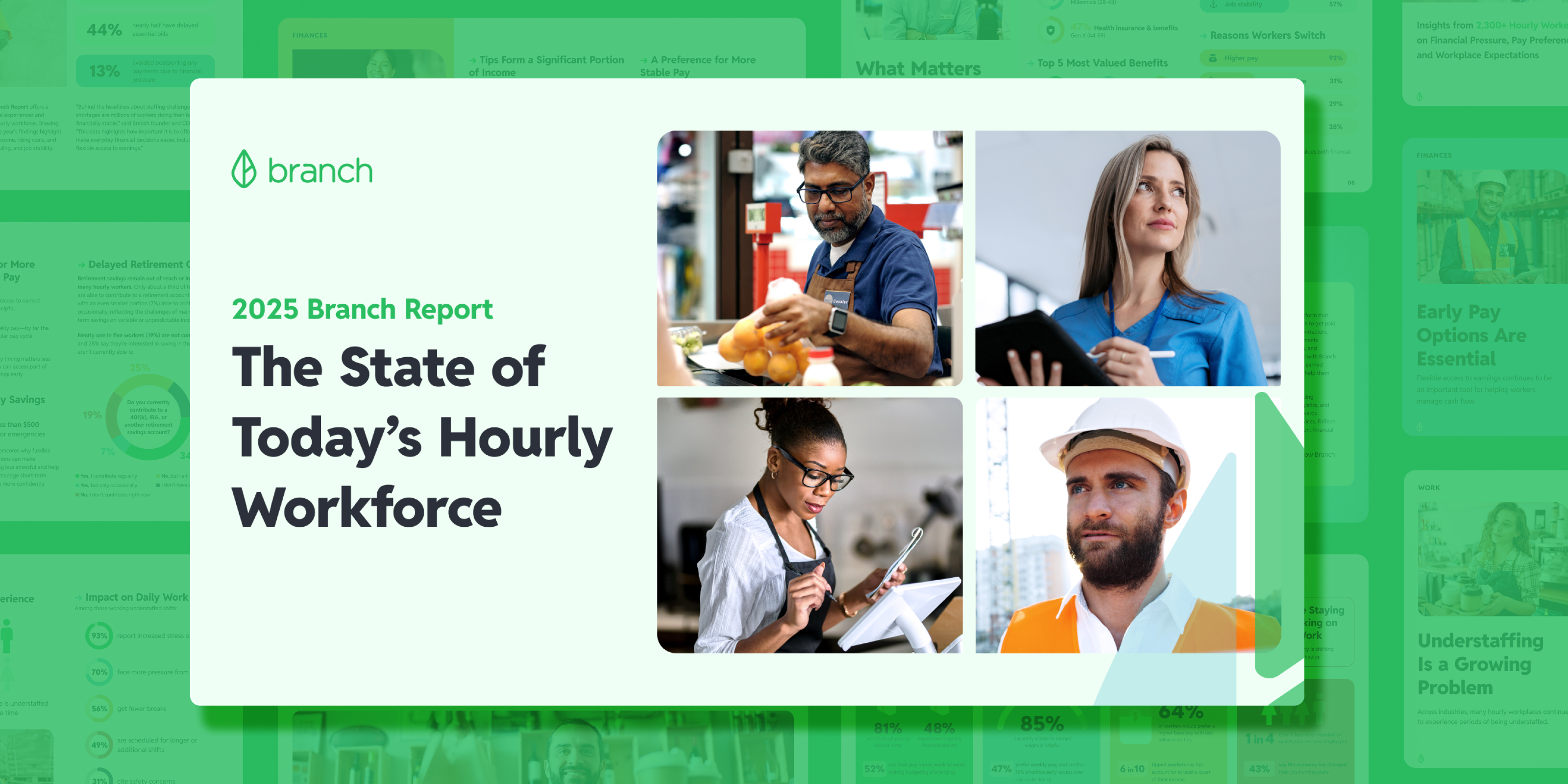
The New Hybrid Workforce: Tips on Navigating a Talent Pool of Both W-2 and 1099 Workers
You’ve likely heard the term “hybrid work” to describe part-remote, part-in-person positions. But what about the hybrid workforce? The way companies think about their talent pool has shifted, and they now have more options than ever when it comes to who they will hire. Many businesses currently hire a mix of both W-2 employees and 1099 contractors in order to fulfill their needs.
Let’s explore the origins of this hybrid trend, the benefits of a hybrid workforce, and what companies will need to look out for when it comes to handling these new complexities.
The Origins of the Hybrid Workforce: (Flexible) Help Wanted
Gig work got a major boost in the wake of the pandemic, with the number of independent workers increasing by 89% between 2020 and 2023. In fact, contingent workers now make up 40% of the U.S. workforce; this number is expected to rise to 50% by 2050.
This change is evident even in sectors traditionally known for having a majority of W-2 employees on staff. Case in point? The three-fold increase in job postings for contract roles in tech on LinkedIn. With more people turning to contract or gig work, companies became better able to fill temporary staffing gaps by tapping into this expanding talent pool.
Healthcare is a perfect example. Many hospitals now have traditional W-2 staff, but contract with 1099 workers to help them fill gaps and staff up appropriately for surges in demand. This may seem to be a win-win situation: those hospitals can quickly accommodate fluctuating demand for staff, and contractors can go where demand is highest and earn money for their work.
But what happens when you have both 1099 and W-2 workers working alongside each other at the same organization?
3 Things to Consider with a Hybrid Workforce
In order to take advantage of the benefits of having both W-2 employees and 1099 contractors on staff, there are a few things to consider first. Let’s break down some of the potential complexities you need to navigate when you have a hybrid of W-2 and 1099 workers on your payroll to ensure it works for everyone involved.
1. Classifying
There are specific ways W-2 and 1099 need to be classified in order to stay compliant for tax and regulatory purposes—and whether you have 1 or 100 contractors on your payroll, even one contractor requires you to follow slightly different rules. There have been proposed changes to classification laws that would actually increase the scrutiny companies are under to correctly classify W-2 vs. 1099 workers.
It’s now more important than ever to make the distinction abundantly clear between W-2 and 1099 workers from the get go, and from multiple angles, including behavioral and financial. Check out smart tips on how to classify W-2 and 1099 workers here.
2. Camaraderie
Because freelancers and independent contractors have their pick of where to work these days, it’s essential that you provide an experience to them that will boost loyalty. Contractors don’t always receive the same onboarding and one-on-one attention that traditional W-2 employees do, which can leave them feeling disengaged and unmotivated.
To ensure productivity and satisfaction, prioritize making independent contractors feel part of the team with regular check-ins, prompt replies, and the same team-building and camaraderie you typically reserve for your W-2 staff.
3. Payments
The flexibility of the gig economy is driving many changes across the entire world of work. Often referred to as “the gigification of work,” the trend refers to more workers demanding greater flexibility across all industries. This flexibility revolves not only around schedule flexibility but also around payments flexibility, too.
After all, a major draw for workers entering the gig space has been the potential to access their earnings faster. According to our Gig Payments Report, 80% of gig workers would choose one company over another if it could pay them instantly.
This desire has crept into the W-2 workforce too, with 75% of workers across industries wanting to get paid every day.
If you hire a mix of both W-2 and 1099 workers, and your contractors are getting paid out every day or at the end of each shift while your W-2 workers are still being paid bi-weekly, there may be friction. It’s clear that faster pay is something most workers crave, regardless of their tax classification. If you’re unable to deliver it to all of your staff, you may get questions.
Partnering with Branch for seamless payments
Paying a mix of both W-2 and 1099 workers can sometimes be tricky even if they share the same pay cadence. That’s why a platform like Branch—that can pay all of your workers, both W-2 and 1099 at the same time—is so useful. It provides a competitive edge in seamless, automated payouts for your entire staff. And the best part? It’s free for you and your workforce.
Continue reading
Unlock a Happier, More Productive Workforce








